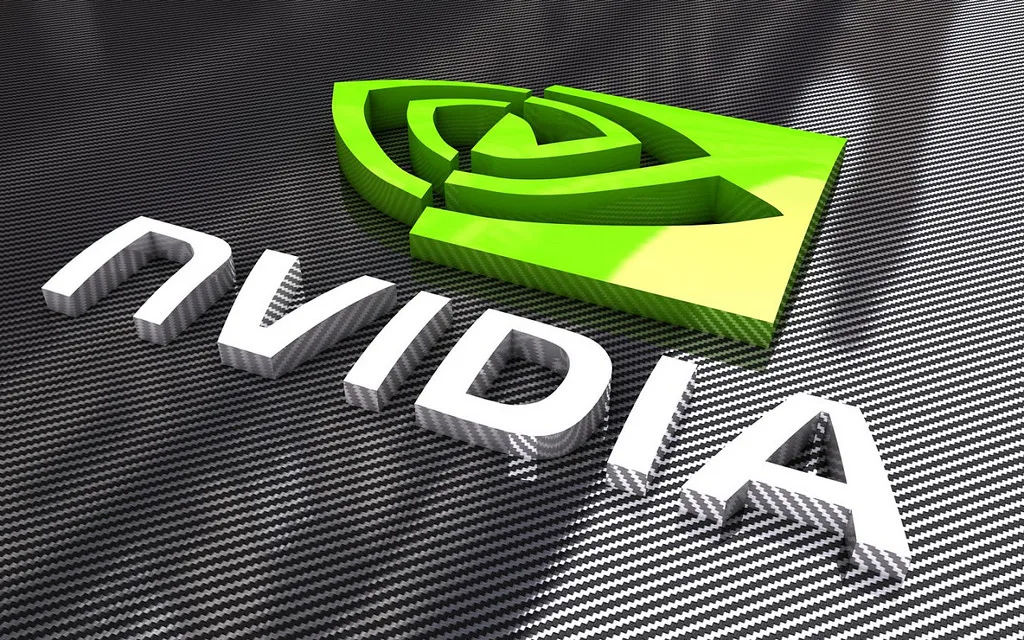
Having been a longtime gamer, I’ve experienced the mixed bag that companion apps often represent. Take the GeForce Experience app, for instance. It aimed to be an all-encompassing solution for NVIDIA users but always felt a bit cumbersome to me. However, my perspective shifted when I heard about the new NVIDIA app currently in beta. After giving it a whirl earlier this week, I can confidently say I’m smitten. What changed? Let me break it down for you.
1. Unified UI for the Win
A major gripe I had with GeForce Experience’s UI was its complexity. It felt like a maze, especially considering each NVIDIA app had its own settings, adding to the frustration. But here’s the plot twist: NVIDIA has streamlined things by merging three key apps into one. Now, the GeForce Experience, Control Panel, and all RTX Experience apps are under a single umbrella, making life much simpler for users like me.
Upon my first encounter with the new NVIDIA app, I was struck by its stunning redesign. Gone is the cluttered interface of yore, replaced with a sleek minimalist design. While the familiar colors remain, the layout now boasts a single left pane housing all essential bars. What’s more, the NVIDIA Discover page on the home screen offers seamless installation of popular apps right from there.
Yet, simplicity doesn’t equate to lack of substance. The NVIDIA app now hosts all the crucial settings gamers crave. I was delighted to find that application and global settings have been consolidated here, streamlining the entire process. From the user-friendly home page to the comprehensive settings menu, everything is now easily accessible, free from unnecessary complication.
2. No More Need to Log In!
Forget about the UI for a moment. If I had a penny for every time I installed GeForce Experience and got frustrated because it forced me to log in, I’d be a millionaire. One of the best features of the new NVIDIA app is that you no longer have to log in! That’s right.
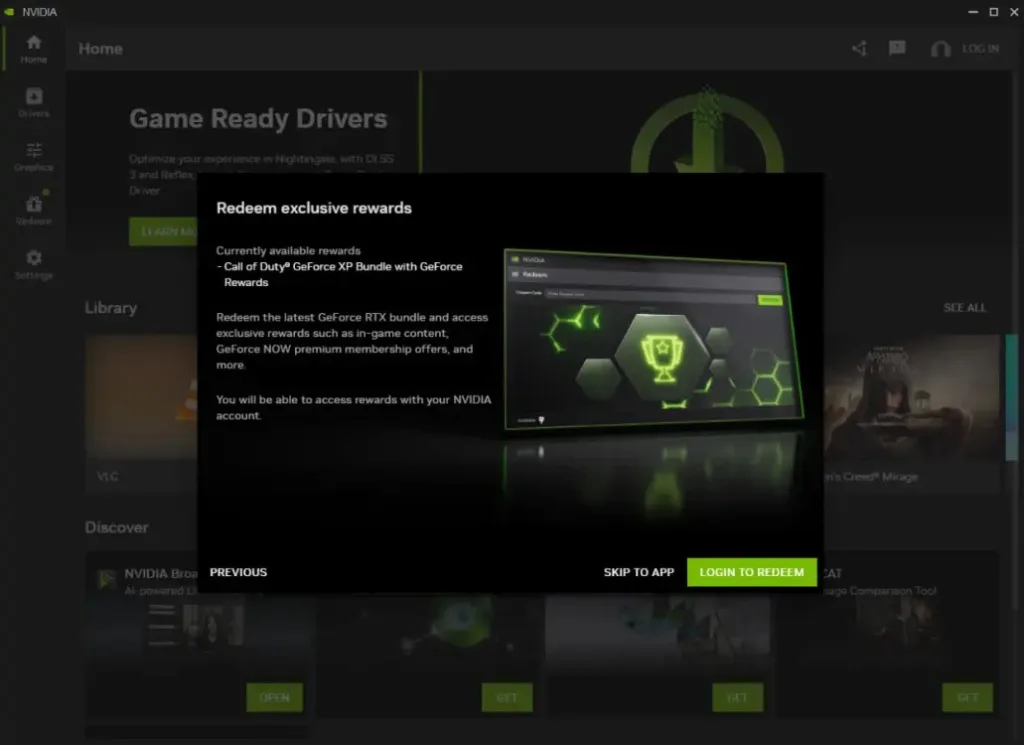
During the app setup, I had the option to either log in for game rewards or skip it. I enthusiastically chose to skip it, and life has been much simpler since then. No more dealing with Google 2FAs, waiting for temporary links, or dealing with broken web pages. All of that is history because NVIDIA finally understands that all gamers want to do is play. Thank you for finally listening.
3. Revamped Game Overlay
I don’t really care if you use OBS to record and stream. Because I already know how much we all rely on the Geforce overlay for performance monitoring. But it was too slow, wasn’t it? Always glitching and breaking down. Well, the new NVIDIA has something for that, too. That is a completely revamped overlay that is so much better than it ever was.
To kick things off, the new overlay comes with sleek animations that make navigating it an absolute breeze. Say goodbye to cursor lags when delving into settings or simply toggling Performance mode NVIDIA has smoothed out the experience entirely. Plus, they’ve neatly organized all overlay settings into the left pane for effortless access. Finally, I no longer find myself lost while hunting for the record button or gallery.
Beyond its user-friendly nature, the revamped overlay has completely overhauled the Performance bar. Gone is the clunky grid; now, you have the freedom to finely adjust all metrics to your heart’s content. Move them around, tweak their visibility, or revel in the enhanced font, every option is at your fingertips. For once, I can leave the NVIDIA overlay up without worrying about it crashing on me. And let’s not forget the cherry on top: recording in glorious 120FPS is now a reality. Yes, you read that correctly.
4. The Driver Panel Is Helpful for Once
Admittedly, delving into GPU patch notes isn’t my strong suit. But I found it frustrating how GeForce’s driver update page often lacked sufficient information about the latest updates, leaving me in the dark. Coupled with its tendency to glitch frequently, it didn’t exactly instill confidence in me. Fortunately, NVIDIA seems to have recognized these shortcomings as well.
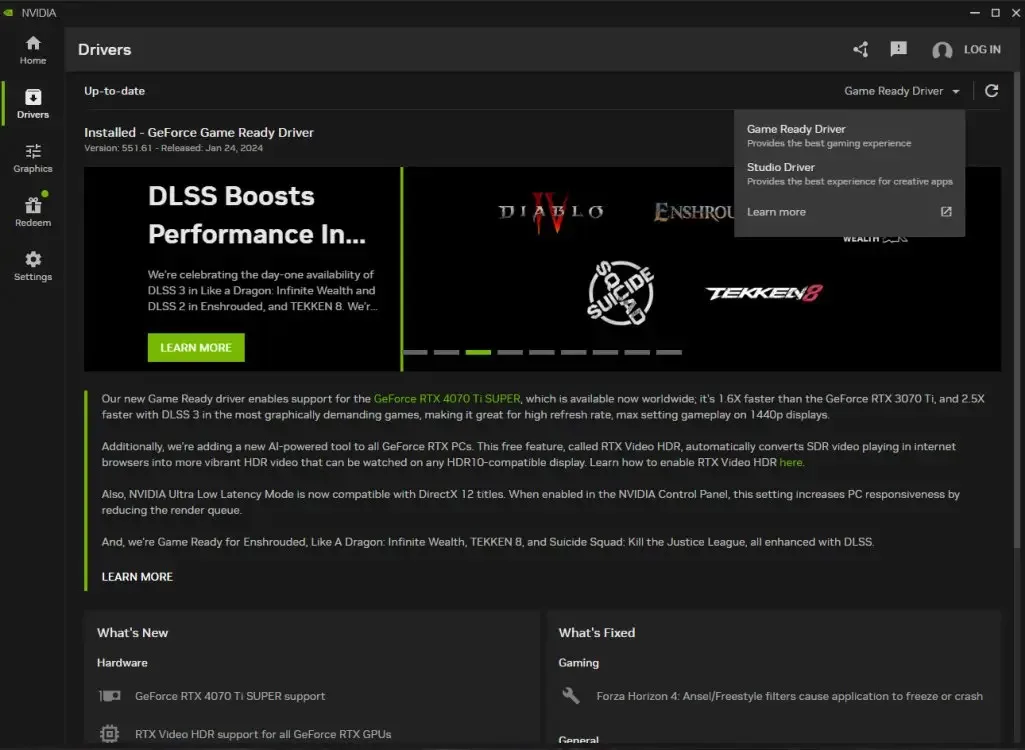
I was pleasantly surprised to discover that the new NVIDIA Driver Panel has undergone a much-needed makeover, finally offering helpful information. Instead of just basic details, the panel now presents a comprehensive summary along with separate sections highlighting new additions and fixes.
What caught my attention even more is the ability to conveniently switch between Game and Studio drivers directly within the app. While I typically stick with the Game drivers, having the option to switch is a welcome addition and simplifies the process significantly. The revamped driver panel is sure to be a hit among gamers who enjoy digging into the details, and I certainly found it to be a delightful upgrade.
5. AI Filters Pop Things up
While NVIDIA Freestyle Filters aren’t exactly groundbreaking on their own, the new NVIDIA app introduces a couple of new ones that have captured my heart: “RTX Dynamic Vibrance” and “RTX HDR.” Although I don’t typically use filters in my games, I couldn’t resist giving these a try.
I started by launching Cyberpunk 2077 and experimenting with Dynamic Vibrance. While it was a bit bothersome to have to restart the game after applying it, the results were worth it. When the filter kicked in, the game gained a burst of color and brightness that surprised me. The entire scene became significantly brighter, revealing details I hadn’t noticed before. Saturation was next, and the dull colors I used to dislike in the game suddenly became vibrant. Don’t believe me? See for yourself.
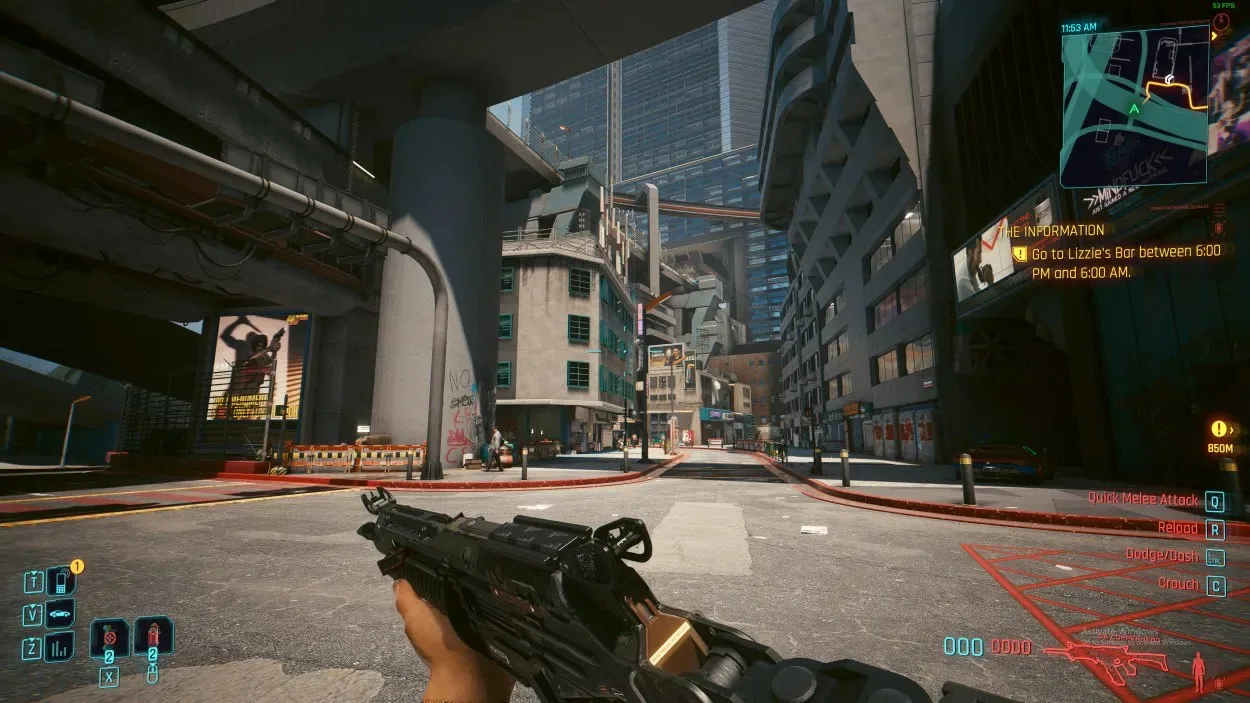
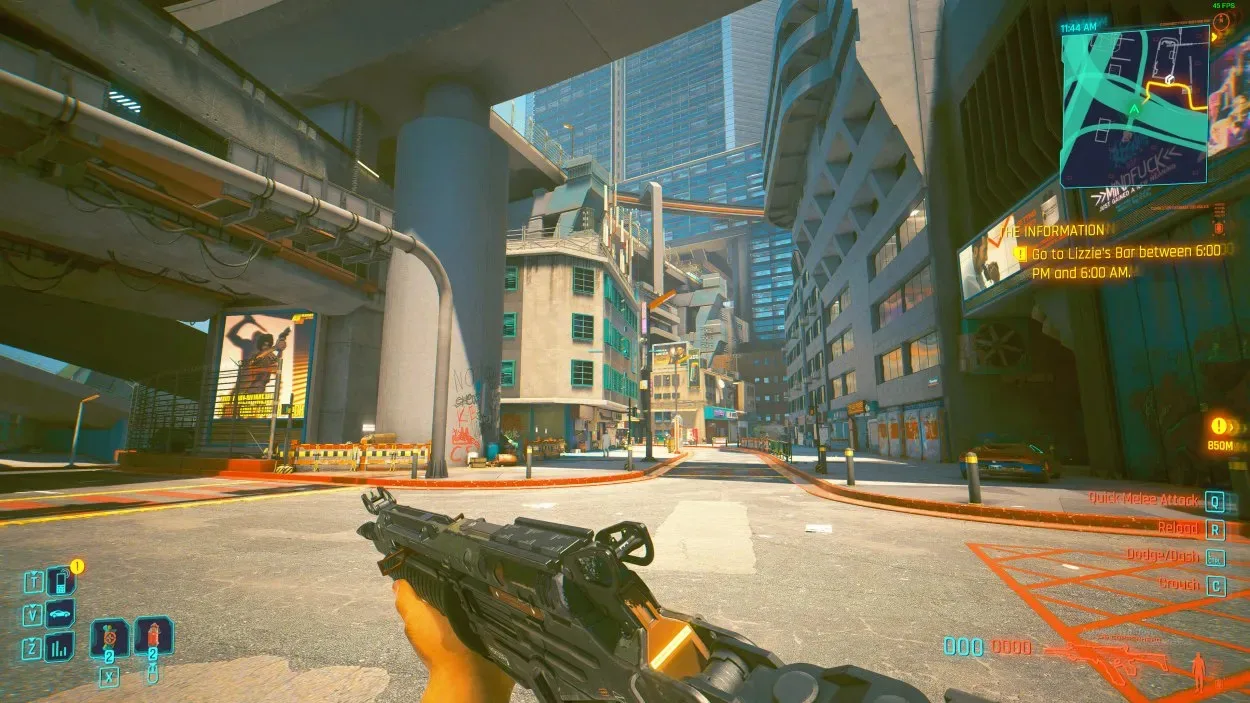
Unfortunately, I can’t showcase RTX HDR here, but trust me when I say I was absolutely blown away by it. This filter grants me control over various settings like peak brightness, midpoint luminance, saturation, and more. However, if it’s all the same, I’ll stick to the one mentioned earlier.
Depending on your gaming style, these filters in the new NVIDIA app might become part of your daily routine or go untouched. I’m opting for a middle ground for now. Remember, you’ll need an HDR display for these filters to work.
Beyond my highlighted features, the new NVIDIA app brings a plethora of improvements. The company assures us that this new app is just the initial step towards unifying the entire user experience. So, while I anticipate certain absent features like GPU overclocking and driver rollback, I acknowledge that progress takes time.
What are your thoughts on the new NVIDIA app? Are you eager to bid farewell to GeForce Experience? Share your opinions in the comments below!

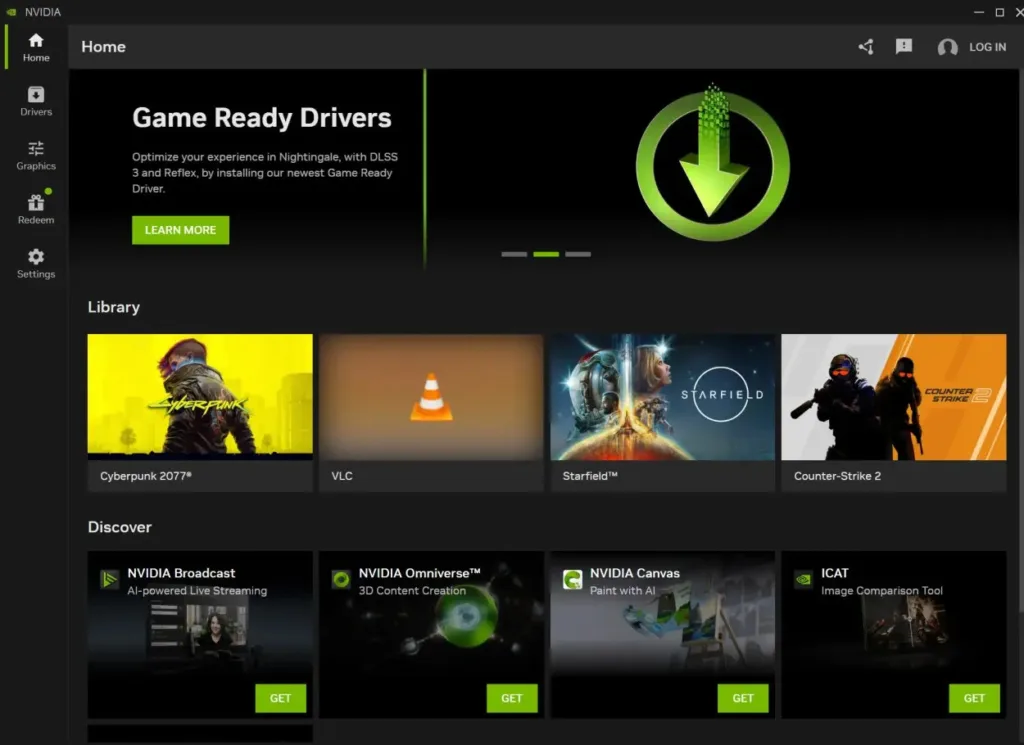
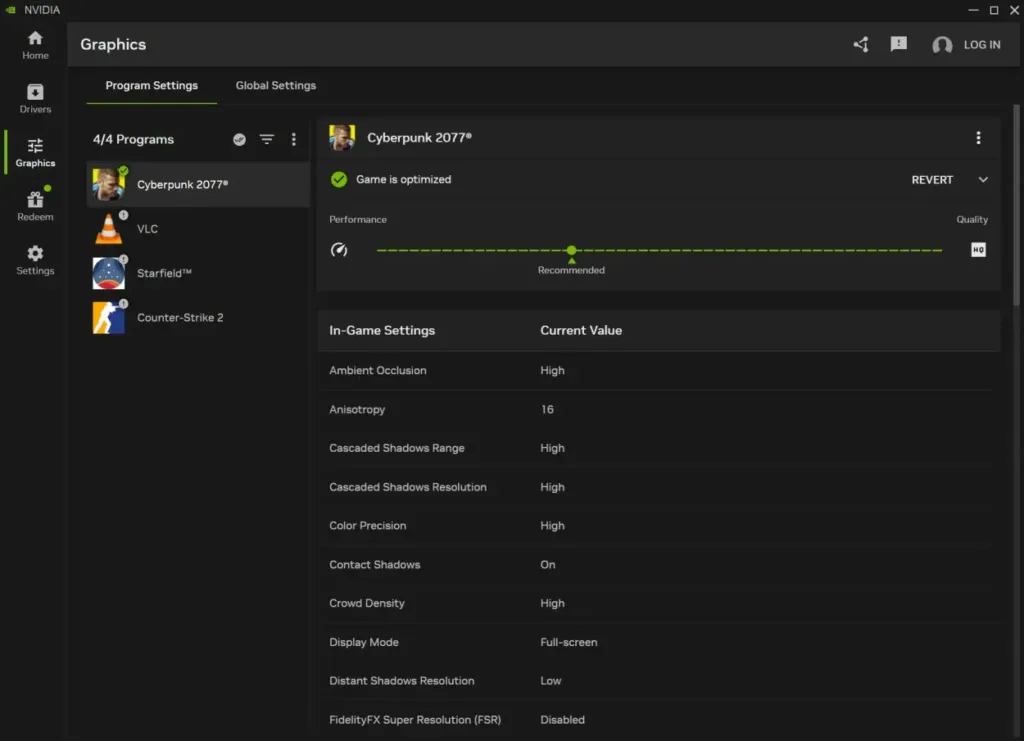

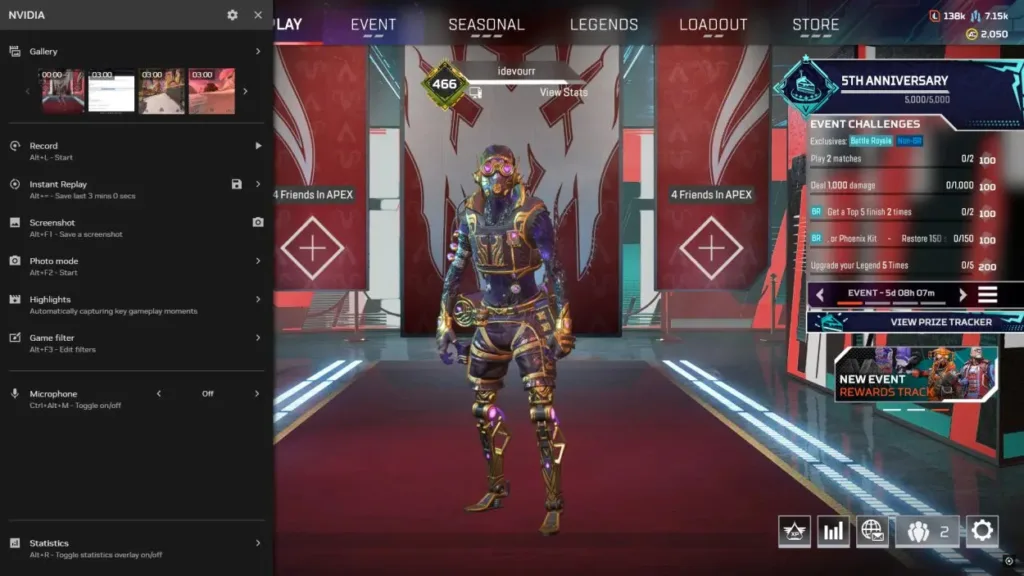
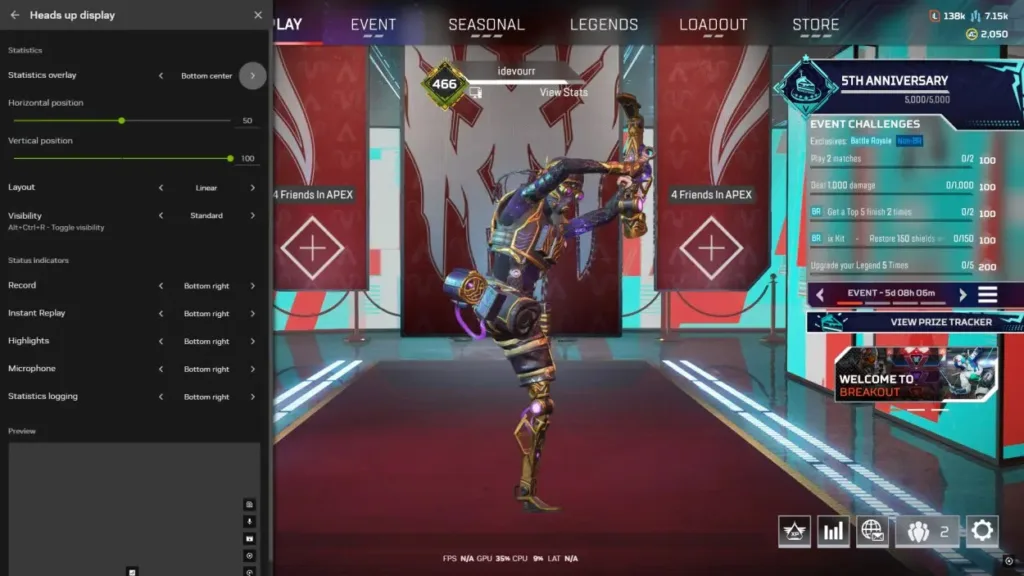
0 Comments